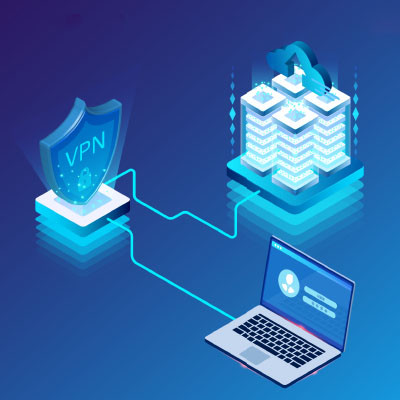When it comes to cybersecurity, the most important aspect is often pushed aside in favor of solutions that are easier to control, like firewalls, encryption, and modern detection and response tools. However, the biggest and perhaps most important factor affecting your business’ security is, in fact, its people. No matter who you are, it only takes one accidental click to send your network spiraling into chaos, and even the most well-intentioned employees can wreak havoc under the right circumstances.
JensenIT Blog
Your business lives and dies by the strength of its network. If it’s not running well, your entire organization will feel it, and it could have serious implications for operations. You might end up with sluggish software or data transfers, among other issues. Here are some of the common holdups on your network that might be holding your business back.
Your network is a crucial part of your business, insofar as it is quite literally what powers your operations and enables you to work productively… at least, most of the time. Unfortunately, there is always the risk of a network bottleneck, or a limited capacity for data to move due to a lack of available bandwidth. So, how can these bottlenecks be avoided?
“I just wanted to take a second to thank the sponsor of this video, [insert VPN provider here], for supporting the channel!”
If you’ve been on YouTube in the past few years, this message likely sounds pretty familiar. Virtual private network providers have been taking advantage of the trend of influencer marketing to spread awareness of their largely obscure product—often, offering an enticing deal. While we have and will continue to promote the use of a VPN for business purposes, we wanted to clarify something here: these are not the VPNs we’re saying you should use.
So much goes into proper network security that it can be daunting to know where to start. Thankfully, there are plenty of great ways you can, and probably currently are, protecting your business, even if it’s on a basic level. You can consider this a checklist of crucial network security tools that are important to have for your company’s success.
Have you ever wondered why it sometimes takes longer than you might expect for certain tasks to be accomplished with your business’ network? It turns out that technology is far from a simple thing, and small issues can seriously derail productivity and efficiency of complex information systems, one of which is the notorious network bottleneck. How can you identify and rectify this issue for your network?
The blockchain has made quite a splash, beginning as the technology that powers Bitcoin before branching out into different use cases that many businesses are already taking advantage of. Let’s go over the benefits—and shortcomings—of the various varieties that blockchain now comes in, and how they are commonly used.
Broadband Internet access is a critical consideration for today’s world, considering how much of daily life and business is now conducted online. Having said that, Internet access is still far from a given. In the United States, the Federal Communications Commission wants to work to fix this—but to do so, they need data. To help collect this data, the FCC wants you to install a speed test application on your smartphone.
Today, most businesses (and homes) depend on their Wi-Fi. It provides a lot more flexibility and value than a wired connection in many instances simply because people use a lot of wireless devices today. Today’s wireless internet is easier to install, is faster than ever, and works to protect network security better than ever before, once it is set up correctly. Today, we’ll give you a few tips you should know on how to successfully implement a Wi-Fi platform.
When creating an office’s network, wireless functionality has become a necessary element to include. Of course, this is usually easier said than done, as wireless signals can be notoriously persnickety. That’s why we’re offering some tips to help you make the most of your business’ wireless network setup.
When looking at phone systems for your business, you will immediately notice that Voice over Internet Protocol (VoIP) is more affordable. Gaining extra capital is always nice, but if the VoIP system doesn’t provide the necessary features, what’s the point in switching, right? Lets take a look at some of the benefits VoIP can bring your company.
A business can have a wide variety of reasons to operate out of multiple locations. To help minimize the impact of their more expensive connections between these locations, as well as to maximize their performance, many are turning to software-defined wide area networking, or SD-WAN, solutions. Businesses that are implementing a SD-WAN need to be sure that they are doing so properly.
The reliance the modern business has on its IT cannot be understated. As a result, to keep their computing network and infrastructure running efficiently, companies need to have a network and cybersecurity policy in place. With the development and use of organizational computer networks with multiple endpoints, understanding the basics of network security is helpful when implementing and employing network security systems. Today, we take a look at the parts of your network, their functions, and what you need to do to protect them.


















